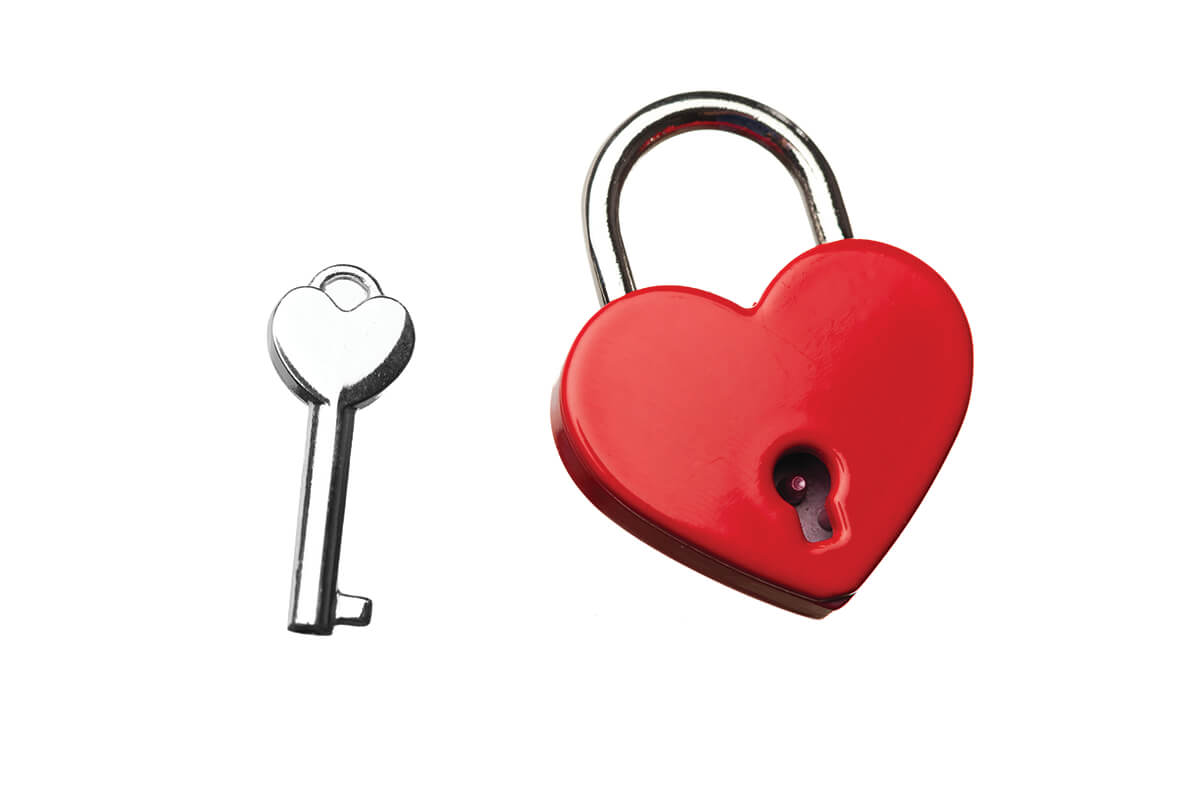
Lately, you might have been hearing about something called “love languages.” But what exactly is a love language? Turns out, we all have one, and it’s a great way to understand how our loved ones best receive love. We asked Raffi Bilek of The Baltimore Therapy Center to explain what love languages mean and how we can all become fluent in them.
What is a love language?
A love language is a particular mode of communicating love to another person. Most people have one way of receiving love that resonates with them more than another. I might appreciate it if you make me a coffee, but I really feel loved if you give me a back rub. You, on the other hand, may feel much more loved from the coffee than the massage.
What are the different types?
The innovator of the concept of love languages, Dr. Gary Chapman, laid out five of them that broadly cover all the ways people might communicate their love to each other. They are words of affirmation, quality time, acts of service, gifting, and physical touch. Words of affirmation include compliments, verbal appreciation, and any positive thoughts shared between partners. Quality time means doing activities together or doing nothing as long as it’s together. Acts of service are instances where you are taking care of tasks for each other, such as washing the dishes, mowing the lawn, packing their lunch, or anything else that is taking care of their needs. Gifts are tangible tokens of your love: jewelry might be an option, but so would a simple homemade fridge magnet. Physical touch, then, is hugs and kisses, back rubs, sexual touch, even a pat on the arm in passing.
How can we find out what our love language is?
For some people, it’s enough to look at the list and see the right one jump out at you. For other people, it might take a little more thought. Fortunately, there’s an easy way to figure it out on the official Five Love Languages website.
Once we know our love language, how do we use that information?
It can be helpful to communicate this to your partner. People generally try to give in the way they want to be given to. But, if your partner is a gifts person, they may show their love by showering you with gifts—that may not feel fulfilling to you. Letting them know that you appreciate the presents, but what you’d really like is to go out on a picnic together, will save you both the pain and frustration of not feeling connected.
Can this be applied to family and friends as well as romantic partnerships?
Yes, love languages are relevant to all relationships.
WHAT YOU NEED:

A LOVE LANGUAGE: Step one is to figure out how you prefer to receive love.

COMMUNICATION: Let your loved ones know how you prefer to receive love and ask them to do the same.

PRACTICE: Once you know your loved one’s love language, begin trying to express your love to them in meaningful ways.
